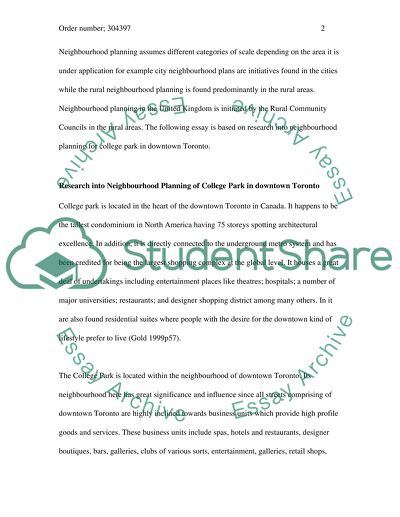Cite this document
(“Neighbourhood Planning Essay Example | Topics and Well Written Essays - 2000 words”, n.d.)
Retrieved from https://studentshare.org/sociology/1516417-neighbourhood-planning
Retrieved from https://studentshare.org/sociology/1516417-neighbourhood-planning
(Neighbourhood Planning Essay Example | Topics and Well Written Essays - 2000 Words)
https://studentshare.org/sociology/1516417-neighbourhood-planning.
https://studentshare.org/sociology/1516417-neighbourhood-planning.
“Neighbourhood Planning Essay Example | Topics and Well Written Essays - 2000 Words”, n.d. https://studentshare.org/sociology/1516417-neighbourhood-planning.


